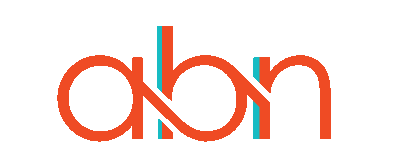(Last updated on May 16, 2022.)
What will your life be like in twenty years? Ten Years? Next year? How far are you from retirement? Do you feel comfortable with your existing retirement planning strategy? Do you have a 401(k)? When was the last time you looked at it?
These are all important questions but, for many, are often overlooked. We tend to see retirement as something far off in the future, something that there’s plenty of time to prepare for — not at all like those pair of pants in the back of the closet that have always been just a little too snug. This year, why not make room on your to-do list for your 401(k) plan as well?
Like any goal you set out to achieve, getting the most out of your 401(k) plan requires a strategy. So how can you make your savings strategy work for you?
1. Tax Breaks
With the new maximum contribution amount increasing to $20,500 from last year’s max of $19,500, there’s an extra $1,000 you can put to good use for your future. By managing to put this extra money away (an extra $83.30 a month), your gross income will be lower this year.
2. Catching Up
Are you behind on your contributions? While things might seem scary, you do have options. For workers aged 50 and over, you are eligible to put away an additional $6,500 a year, bringing your annual maximum to $27,000.
3. Avoid Costly Penalties
This one may seem obvious but it’s still important to note.
For example, withdrawing money from your 401(k) early could result in a 10 percent penalty. However, withdrawing your contribution money too late could trigger a 50 percent penalty if you choose to not take out the minimum distribution amount six months after your 70th birthday.
4. Get a 401(k) Match
For workers under the age of 50, you’ll need to be able to contribute $1,708 a month to max out your yearly contribution limit (or $2,250 per month for those over the age of 50). While that may be possible for some, it’s certainly not the case for everyone.
If contributing the maximum annual limit to your 401(k) isn’t possible, ask your employer if they offer a match amount. If they do, not taking full advantage of it would be the same as turning down free money.
5. Consider a Roth 401(k) Option
While traditional 401(k) plans allow you to defer paying taxes on your retirement savings, many employers offer a Roth 401(k) option as well – which would enable you to pay taxes on your contributions now and avoid paying them when you withdraw the money.
6. Direct Deposit Is Your Friend
The easiest way to not spend money is to not have it. Keep this in mind when you sign up for a 401(k) and choose the amount that should be deducted from your paycheck and deposited into the plan. You should also factor in potential bonuses or raises when determining your contribution amount.
Saving enough money for retirement doesn’t happen overnight, but there are a number of financial tools, advisors, and plan types available to help you make the most of your savings and help you plan for the future.

